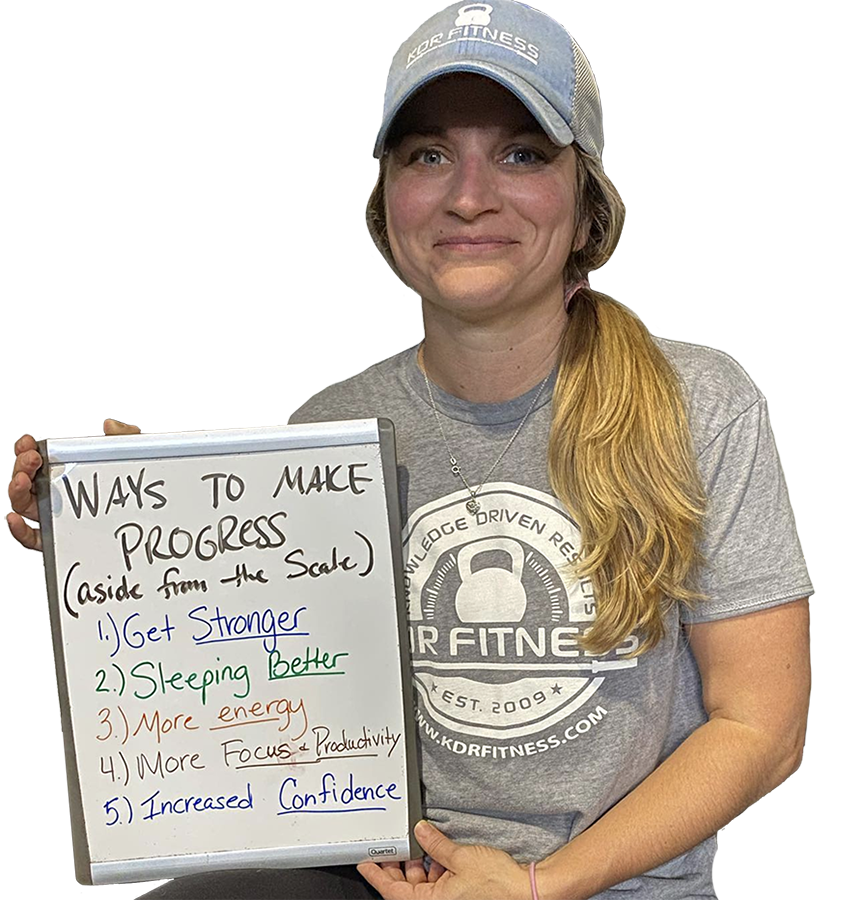Text us: 603-945-4695
Personalized Fitness Coaching so you never have to feel confused and left wondering if you are doing the best exercises in the right way. In our system we will teach you how to “Own Your Fitness.”
Custom Nutrition Coaching so you never have to follow a bland diet plan that has you cut out all the yummy food you really like eating. Hint – the more food you cut out of your diet in Phase 1 (Body Transformation Phase) the harder it will be to maintain your progress in Phase 2 (Maintenance Phase). In our system we will teach you “Food Freedom”.
Relentless Accountability to guarantee you are getting results! Our secret sauce. Accountability and support is the glue that holds everything together. We follow up on you to ensure you are following the plan.

During the Goal Setting Call we talk about your goals, why those goals are important to you, how we can help you CRUSH those goals and ultimately if we feel working together makes sense. We are not for everyone and we are ok with that.
During the goal setting call, we will schedule your Onboard. After the onboard you will have all the tools you need for success – a personalized plan that will include fitness, nutrition and accountability, all customized to you.
With an easy to follow diet plan that encourages food freedom, an effective safe and challenging workout plan that teaches you how to “own your fitness” and supporting caring coaches that are checking in on you weekly – you can’t fail! Best thing about our program is that we will be checking in on you throughout the week ensuring you are getting results and following the plan.

